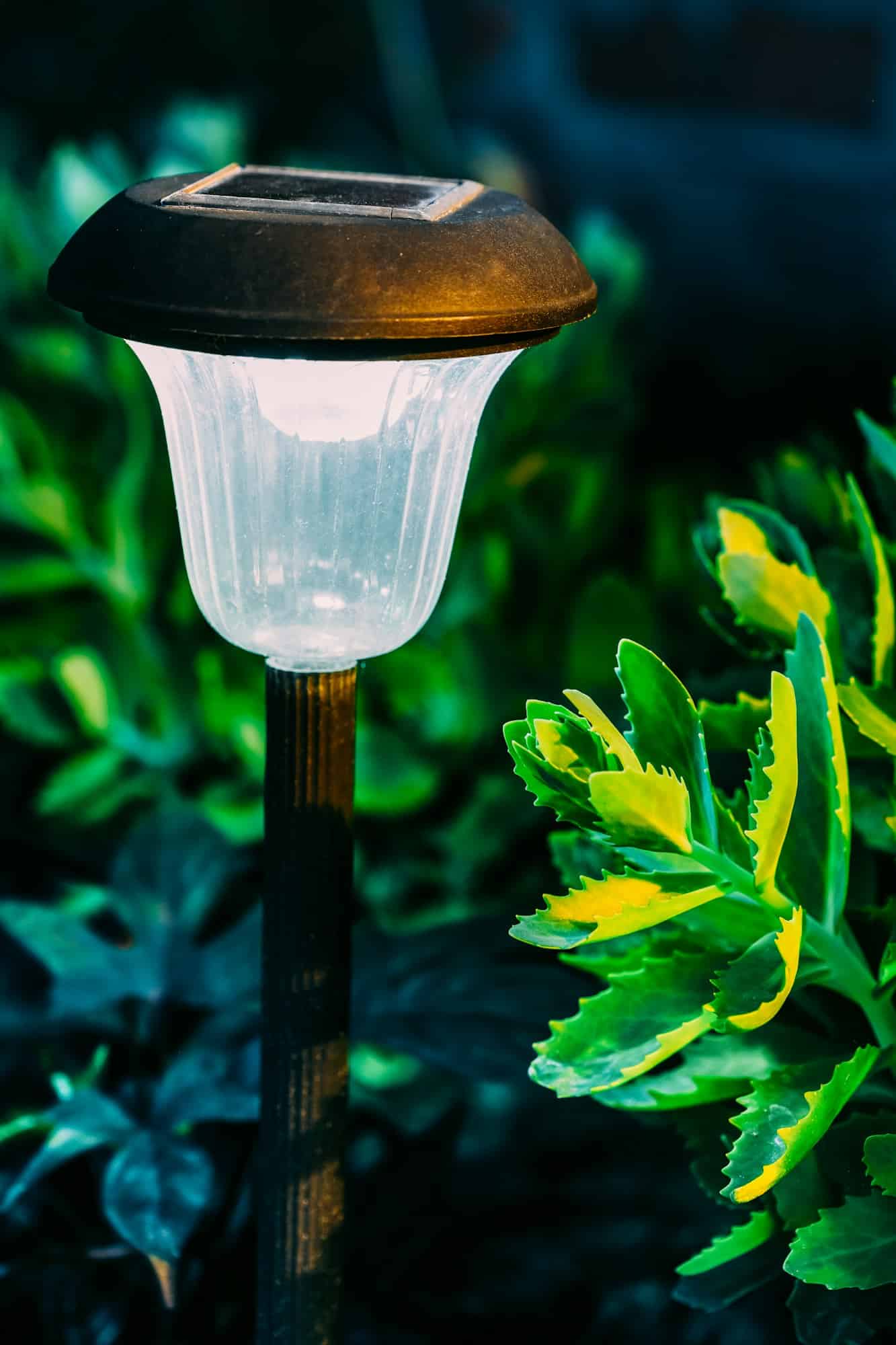How to Implement Passive Solar Design in New UK Housing Estates for Energy Efficiency?

With the pressing need to reduce our carbon footprints and the ever-increasing energy costs, the focus on energy-efficient homes is growing. Passive solar design represents a promising solution in this regard, offering a way to harness natural energy for heating, cooling, and lighting. In the UK, new housing estates could significantly benefit from implementing such design principles, leading to lower energy bills, healthier indoor environments, and a more sustainable future. This article will delve into the specifics of passive solar design, examining how it can be incorporated into new builds in the UK.
The Concept of Passive Solar Design
The concept of passive solar design revolves around the use of a building’s architecture to collect, store, and distribute solar energy in the form of heat in the winter, while rejecting solar heat in the summer. This architectural approach is aimed at regulating the internal temperature of the building, reducing the necessity for artificial heating and cooling. It’s a method that is gaining traction globally, given its effectiveness and sustainability.
A voir aussi : What Are the Pros and Cons of Investing in UK Real Estate Through a Limited Company?
Passive solar design incorporates three primary elements: solar heat gain, thermal mass, and insulation. The first, solar heat gain, is the amount of solar radiation that a building absorbs. The second, thermal mass, refers to the property of a material to absorb, store, and release heat. Lastly, insulation is the process of reducing heat loss or gain by providing a barrier between areas that are significantly different in temperature.
Passive Solar Design in the UK Context
The UK’s geographical location offers a unique opportunity for passive solar design. The country receives ample sunlight during the summer months and less during the winter. However, even the reduced winter sunlight can be effectively harnessed if the building design allows for it.
Lire également : What Are the Unique Real Estate Marketing Strategies for Luxury Properties in London’s West End?
The Passivhaus standard, a voluntary standard for energy efficiency in a building, can serve as an excellent guideline for implementing passive solar design in the UK. Developed in Germany, this standard significantly reduces the building’s ecological footprint. It focuses on high levels of insulation, airtightness, and the use of solar gain for heating.
Adopting the Passivhaus standard will require thoughtful planning during the design and construction phases. Orientation, the use of glazing, shading devices, and the selection of appropriate materials will play a crucial role. The design will also need to account for the UK’s specific climate and weather patterns.
Incorporating Passive Design Elements
Incorporating passive design elements in new UK housing estates starts with the building’s orientation. Buildings should be oriented to make the most of the available sunlight. In the UK, this means orientating the main glass areas towards the south, allowing the low winter sun to penetrate deeper into the homes.
Building materials with high thermal mass, such as concrete or brick, should be used in key areas of the buildings. These materials can absorb heat during the day and release it during the colder evenings, reducing the need for artificial heating. Additionally, highly insulated walls, roofs, and floors will help minimise heat loss.
Ventilation is another essential factor to consider. A well-designed ventilation system will not only provide fresh air but also help regulate the temperature. During the summer, it can help remove excess heat, keeping the homes comfortable.
Ensuring Adherence to the Passivhaus Standard
Ensuring adherence to the Passivhaus standard requires careful planning and execution. The standard sets strict requirements for airtightness, insulation, and energy performance. It also encourages the use of renewable energy sources.
To meet these requirements, efficient insulation materials and modern construction methods that minimise thermal bridges will be crucial. The buildings will also need to be airtight to prevent uncontrolled air leakage. This can be achieved through careful detailing and the use of quality windows and doors.
Energy performance can be optimised by installing energy-efficient appliances and lighting, as well as incorporating renewable energy technologies such as solar panels.
The Role of Technology in Passive Solar Design
Technology can play a significant role in implementing passive solar design in new UK housing estates. It can help optimise the design process by using simulation tools to analyse the building’s performance under different conditions.
Software such as PHPP (Passive House Planning Package) can be used to design and validate a building according to the Passivhaus standard. It considers various parameters including the building’s insulation, the efficiency of the heating system, the effectiveness of the ventilation, and the building’s overall energy balance.
Moreover, technologies such as heat recovery ventilation systems can help maintain high indoor air quality, while ensuring minimal heat loss. Such systems recover the heat from the outgoing stale air and pre-heat the incoming fresh air, further reducing the building’s heating demand.
Through a combination of these design principles, construction techniques, and technologies, it’s possible to create housing estates in the UK that are not only energy efficient, but also comfortable, affordable, and sustainable. Implementing passive solar design is a step towards a greener, low-carbon future.
The Impact of Building Regulations on Passive Solar Design
Building regulations play a pivotal role in the successful implementation of passive solar design in new UK housing estates. The UK government’s focus on low energy buildings has resulted in stringent regulations that promote energy efficiency. These regulations provide a framework for architects, designers, and builders to construct environmentally friendly, energy-efficient homes.
The UK building regulations lay out specific energy performance standards that new buildings must adhere to. These standards feature a range of requirements from insulation and ventilation to lighting and heating systems. For instance, the regulations require houses to have a minimum level of insulation, ensuring the conservation of heat within the building and reducing reliance on artificial heating. They also mandate the use of energy-efficient appliances and systems.
The regulations encourage the use of renewable energy, making it easier for developers to incorporate solar panels or other renewable sources into their designs. They also govern the construction methods used, promoting practices that minimise thermal bridges and ensure airtightness. This attention to construction detail ensures the new builds are not just energy efficient, but also maintain a high air quality.
These building regulations align well with the principles of passive solar design and the Passivhaus standard. They make it possible to design and construct houses that maximise energy savings and minimise their environmental impact.
Conclusion: The Future of UK Housing Estates
The implementation of passive solar design in new UK housing estates presents an opportunity to significantly reduce the carbon footprint of the UK construction sector. By harnessing natural energy for heating, cooling, and lighting, passive houses can provide healthier indoor environments while reducing energy costs.
The integration of high thermal mass building materials and high-quality insulation is vital for these energy-efficient homes. With careful orientation and well-designed ventilation systems, these homes can make the most of the available sunlight and fresh air.
While adhering to the stringent Passivhaus standard and the UK building regulations may pose a challenge, the benefits outweigh the complexities. With the aid of modern technology and design software, creating a sustainable, energy-efficient home is increasingly within reach.
The future of UK housing looks bright with the adoption of passive solar design. It is a step in the right direction towards achieving energy savings and sustainability on a larger scale. While the journey to a low-carbon future may be long and filled with challenges, the adoption of passive solar design and Passivhaus standards are promising strides in that direction. By striking a balance between comfort, cost, and conservation, the UK’s housing estates can serve as a beacon for energy-efficient living, setting a precedent for the rest of the world.
